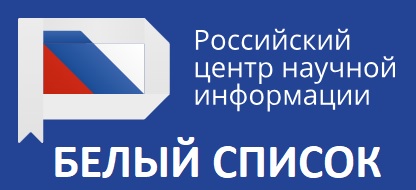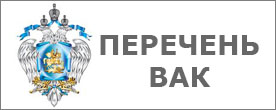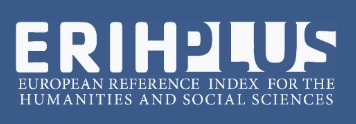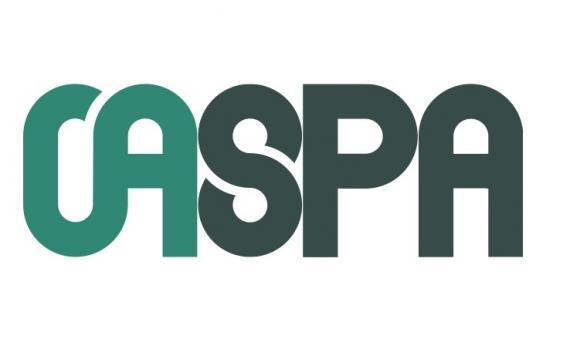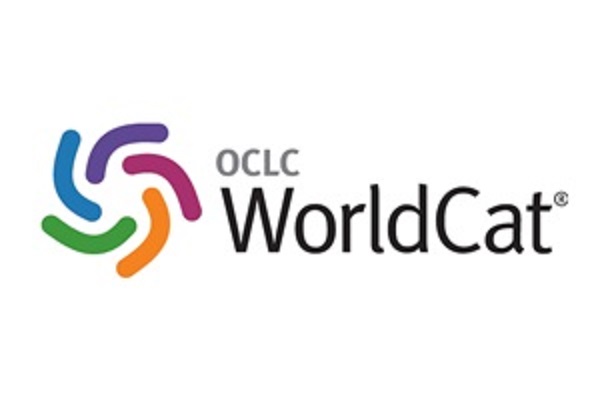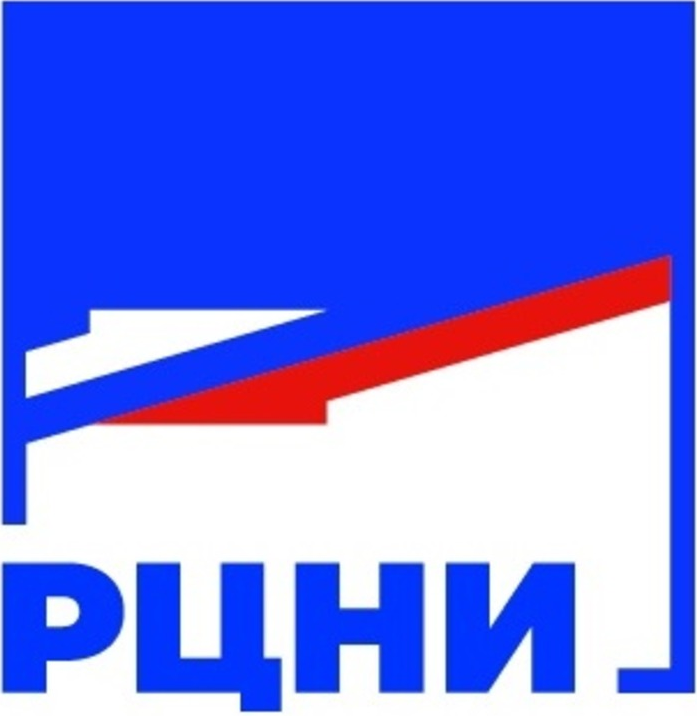Original article
https://doi.org/10.15507/2076-2577.017.2025.03.307-315
https://elibrary.ru/rhpdcu
УДК / UDC 351.853.1
The 18th-Century Monument “Description of the Siberian Kingdom…” by G. F. Miller: A Historical and Cultural Overview of the Life of the Ostyaks
M. S. Vykhrystyuk
D. I. Mendeleev Tobolsk Pedagogical Institute, branch of the University of Tyumen, Tobolsk, Russian Federation
Abstract
Introduction. In recent decades, researchers have been actively studying written sources of the past stored in central and regional archives across the country. G. F. Miller’s work “Description of the Siberian Kingdom…” presents a portrayal of the life of the indigenous peoples of Siberia, based on the author’s personal observations. Particular attention in the source is given to information about the Ostyaks – descriptions of their culture, daily life, religion, and interactions with other peoples inhabiting Siberia. The analysis of the scholar’s work is of great importance in the context of preserving the country’s cultural heritage, which underscores the relevance of this study. The aim of the research is to conduct a historical and cultural overview of the life of the Ostyaks in Siberia based on the chronicle source.
Materials and Methods. The material for the study was the first comprehensive work on the history of Siberia from the late 18th century – “Description of the Siberian Kingdom and All Events That Occurred Therefrom the Beginning, Especially Since Its Conquest by the Russian State to the Present Times” by G. F. Miller. The study integrates linguistic source studies and functional-stylistic approaches, which together constitute a linguo-textological analysis of historical documents. In accordance with these directions, the descriptive method and the method of continuous sampling were applied to conduct the analysis and address the research tasks. In examining the structure of the source, the method of componential analysis was employed to identify the lexical meaning of each lexeme in the text of the document, the totality of which defines its content.
Results and Discussion. The author has conducted a historical and cultural analysis of the ethnography of the Ostyaks, historically inhabiting the territories of Siberia, their culture, religion, daily life, settlement patterns, and interactions with other peoples. By describing the life of the indigenous population of Siberia with reliable accuracy, the scholar has made a significant contribution to the development of Russian historical science.
Conclusion. The research materials contribute to the development of a specific branch of linguistics – linguistic source studies. The most valuable aspect is the analysis of the encyclopedic information presented in the article about the life of the indigenous people of Siberia, described based on the scientist’s personal observations. Furthermore, it has been proven that the scientist’s work can indeed form the source basis for studying the history of Siberia’s formation as an important territory of Russia and deserves special attention from philologists, historians, geographers, ethnographers, and cultural experts.
Keywords: Siberia, the life of the Ostyaks, G.F. Miller, “Description of the Siberian Kingdom …”, historical, cultural and ethnocultural significance of the source
Conflict of interest: The author declares no conflict of interest.
Funding: The article was prepared with the financial support of the Russian Science Foundation dated December 29, 2023 No. 24-28-01085 “Manuscript and printed sources of Western Siberia of the 17th–18th centuries in the aspect of linguoculturology” Federal State Autonomous Educational Institution of Higher Education “Tyumen State University”.
For citation: Vykhrystyuk M.S. The 18th-Century Monument “Description of the Siberian Kingdom…” by G. F. Miller: A Historical and Cultural Overview of the Life of the Ostyaks. Finno–Ugric World. 2025;17(3):307–315. https://doi.org/10.15507/2076-2577.017.2025.03.307-315
REFERENCЕS
- Voldina T.V. Study of Khanty Folklore in Khanty-Mansiysk Autonomous Okrug – Yugra in the First Decades of the XXI Century. Bulletin of Ugric Studies. 2020;10(4):760–773. (In Russ., abstract in Eng.) https://doi.org/10.30624/2220-4156-2020-10-4-760-773
- Voldina-Ledkova T.V. Study of the Spiritual Traditions of the Ob Ugrians in the Paradigm of New Approaches to the Anthropology of Consciousness. Bulletin of Ugric Studies. 2024;14(4):734–744. (In Russ., abstract in Eng.) https://doi.org/10.30624/2220-4156-2024-14-4-734-744
- Mullonen I.I., Zakharova E.V. Baltic-Finnish Terms with the Semantics ‘Settlement’ in Historical and Cultural Perspective. Bulletin of Ugric Studies. 2019;9(4):671–680. (In Russ., abstract in Eng.) https://doi.org/10.30624/2220-4156-2019-9-4-671-680
- Pivneva E.A. Photo-Representation of the Ob Ugrians’ Ethnic Culture. Bulletin of Ugric Studies. 2018;8(4):716–728. (In Russ., abstract in Eng.) Available at: https://vestnik-ugrovedenia.ru/sites/default/files/vu/pivneva_e._a_1.pdf (accessed 14.05.2025).
- Sudakov G.V. Settlement Names: Problems of Conventional Usage (with Reference to Oikonyms of the Vologda Region). Problems of Onomastics. 2019;16(3):193–204. (In Russ., abstract in Eng.) https://doi.org/10.15826/vopr_onom.2019.16.3.039
- Yurgeneva A.L. Ethnographic Photography of the XIX Century and Its Modern Transformations. Art & Culture Studies. 2018;(3):136–167. (In Russ., abstract in Eng.) Available at: https://artculturestudies.sias.ru/upload/iblock/b6d/hk_2018_03_136_167_urgeneva.pdf (accessed 14.05.2025).
- Durgunay B. A Research about Village Names in Seydisehir. Selcuk Universitesi Turkiyat Arastirmalari Dergisi-Selcuk University Journal of Studies in Turcology. 2018;(43):77–104. (In Turk.) Available at: https://avesis.akdeniz.edu.tr/yayin/50871ea2-4b69-4f6f-8587-d566541bbbca/a-research-about-village-names-in-seydisehir (accessed 08.04.2025).
- Маtvieieva O.O. Linguistic Features of Artistic Text and Methods of Introducing the Portrait Description. International Scientific Journal “Internauka”. 2018;1(50):72–75. (In Bel., abstract in Eng.) Available at: https://paper.researchbib.com/view/paper/177083 (accessed 24.04.2025).
- Vykhrystyuk M.S., Onina S.V., Islamova J.V., Savchuk I.P. The Image of the Family in the Modern Advertising Discourse of Russian Media. Astra Salvensis. 2018;6(12):711–717. https://elibrary.ru/wtzume
Information about the author:
Margarita S. Vykhrystyuk, Dr.Sci. (Philol.), Professor of the Department of Philological Education, D. I. Mendeleev Tobolsk Pedagogical Institute, branch of the University of Tyumen (58 Znamensky St., Tobolsk 626150, Russian Federation), ORCID: https://orcid.org/0000-0001-7955-7351, SPIN-code: 350-9414, m.s.vykhrystyuk@utmn.ru
Author has read and approved the final manuscript.
Submitted 24.10.2024; revised 21.03.2025; accepted 28.03.2025.



